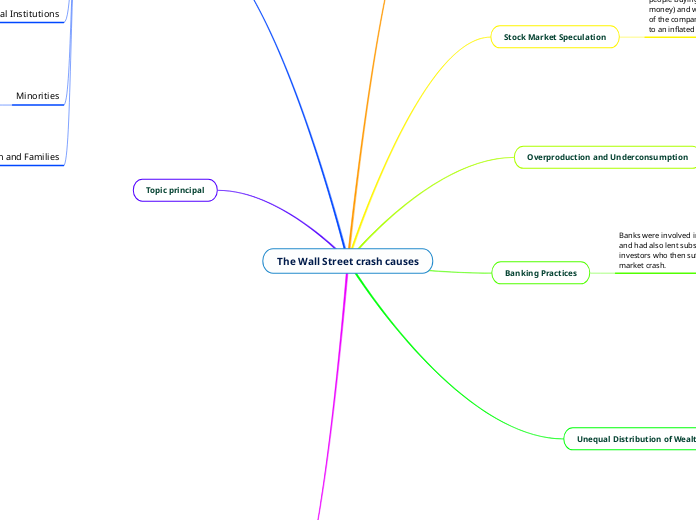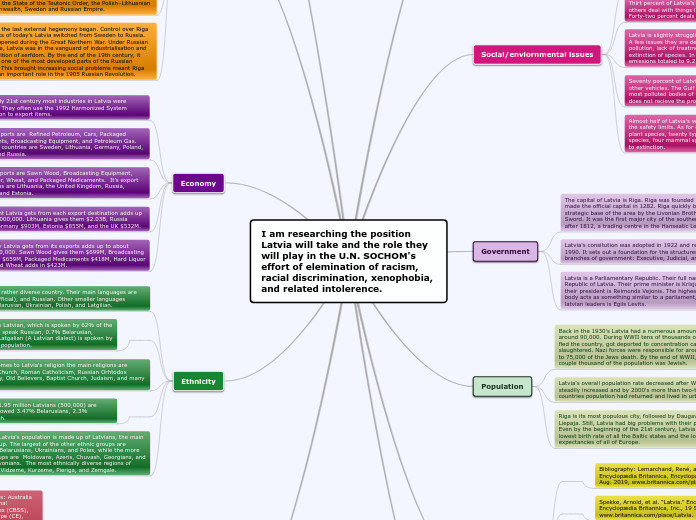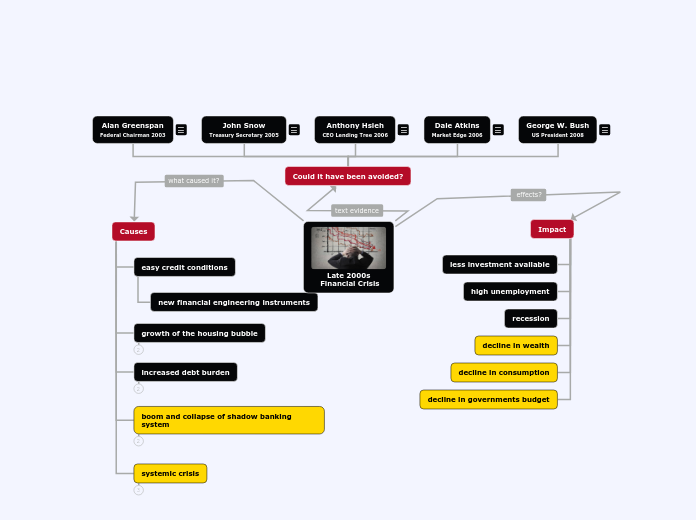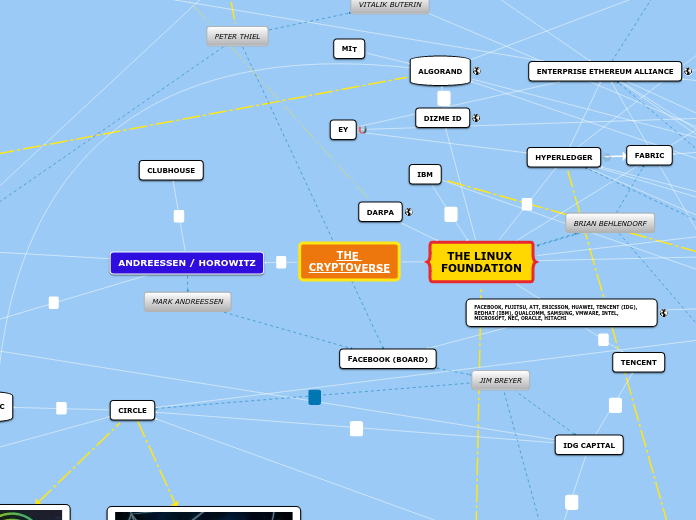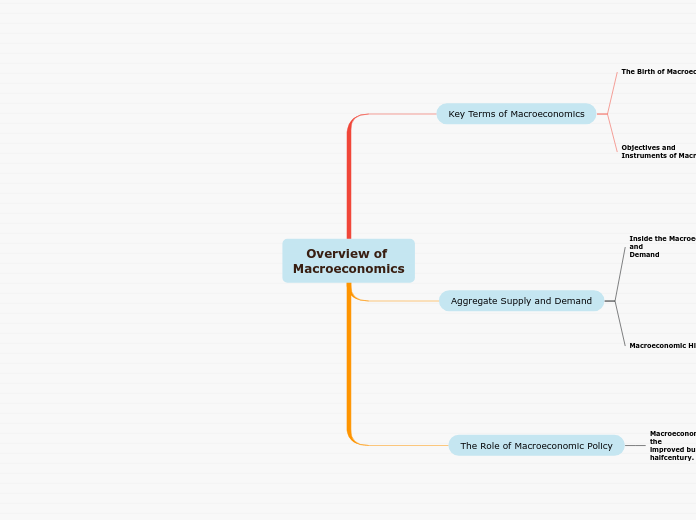por juan converti hace 1 año
113
The Wall Street crash causes
The Wall Street crash of the late 1920s led to severe economic turmoil affecting various sectors of society. Families struggled to provide basic necessities for their children, leading to widespread malnutrition and limited access to proper healthcare and education.
